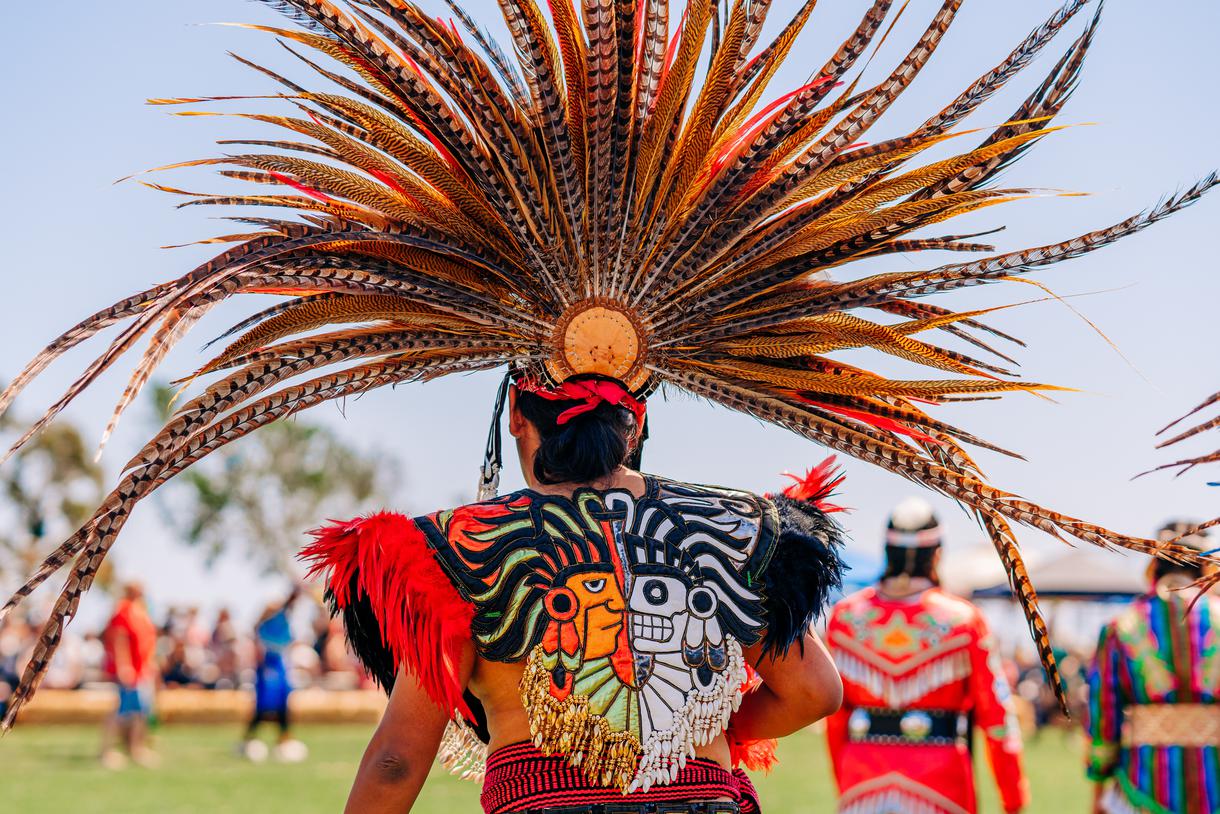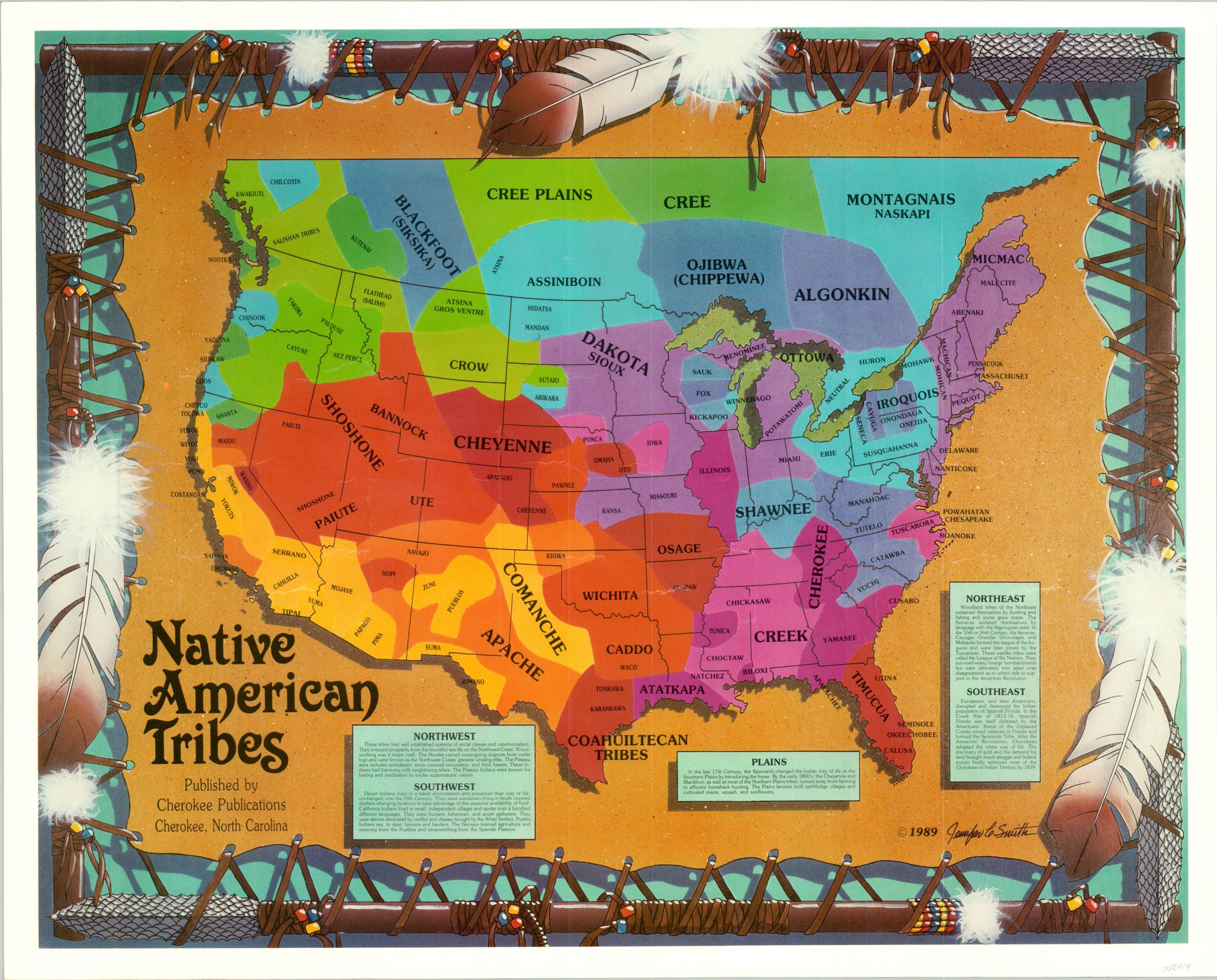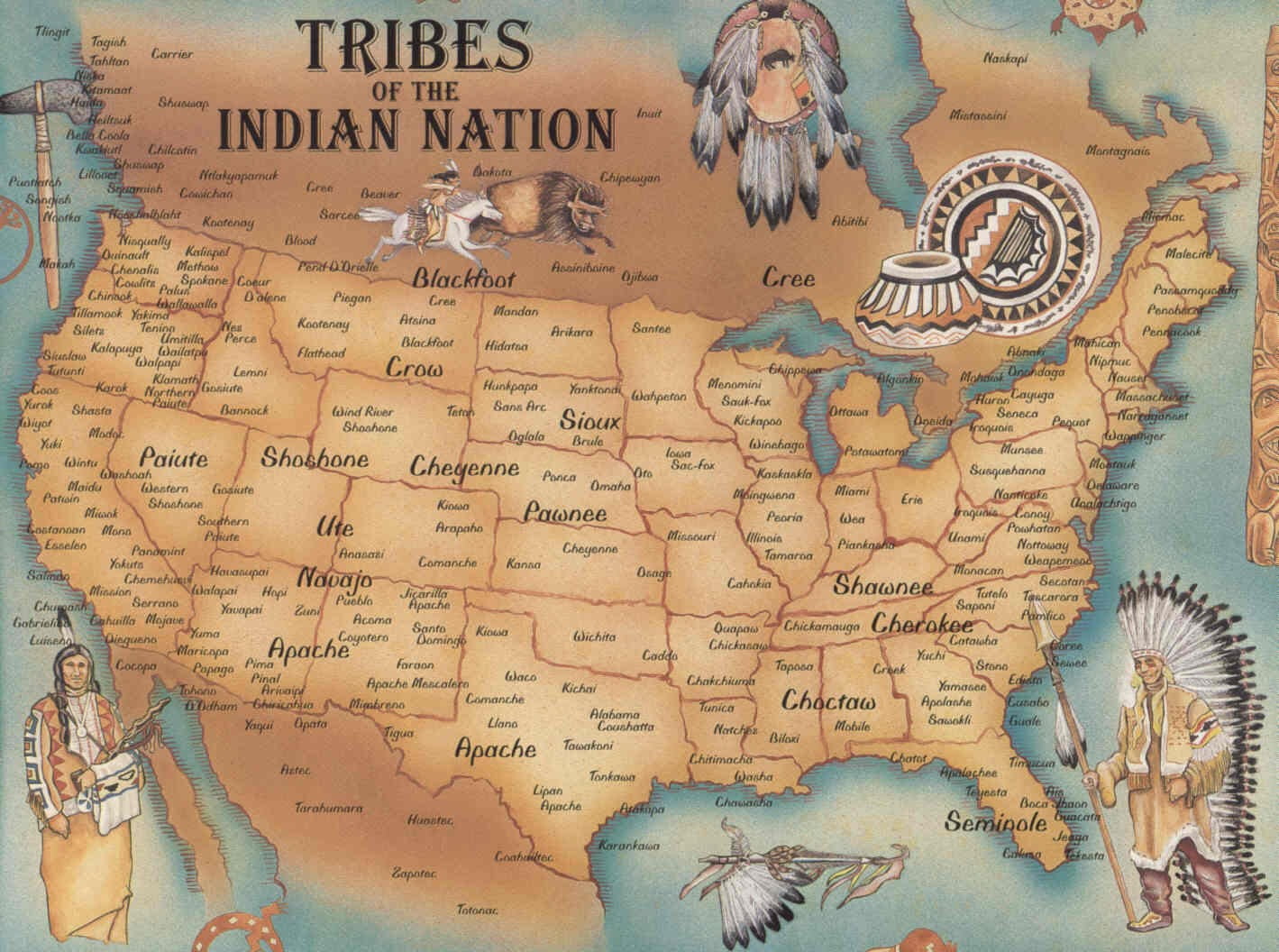California’s Rich Tapestry: Exploring the Diverse Native American Tribes
California’s Rich Tapestry: Exploring the Diverse Native American Tribes

California, a state renowned for its stunning landscapes, bustling cities, and iconic industries, also boasts a rich and vibrant Native American heritage. For centuries, diverse tribes have called this land home, each with their own unique culture, language, and traditions. This article delves into the fascinating history and cultural tapestry of California’s Native American tribes, exploring their diverse identities and the ongoing efforts to preserve their legacy.
A History of Resilience and Resistance
Related Articles: California’s Rich Tapestry: Exploring the Diverse Native American Tribes
- Unlock Fasting: Native Wisdom for Modern Health
- Unveiling the Heritage Divide: Native Americans vs. American Aborigines
- Discover the Mystical Legacy: Anishinaabe Symbols that Inspire
- Unveiling the Hidden Gems of Odawa: A Cultural Tapestry of Native American Heritage
- Ojibwe Traditional Face Tattoos: Ancestral Adornment of Identity
Before the arrival of European settlers, California was home to a complex and thriving network of Native American tribes, estimated to be around 130 distinct groups. They inhabited a wide array of environments, from the snow-capped Sierra Nevada mountains to the vast deserts, and the fertile coastal valleys. Each tribe adapted to its specific surroundings, developing unique hunting, fishing, and farming techniques, along with intricate social structures and spiritual beliefs.
The arrival of European colonists in the 16th century marked a devastating turning point for California’s Native American population. Disease, displacement, and forced assimilation policies decimated their numbers and threatened their cultural survival. The Spanish mission system, established in the late 18th century, played a significant role in the disruption of traditional ways of life. Native Americans were forcibly converted to Christianity, subjected to harsh labor, and separated from their families and communities.
Despite facing immense hardship, California’s Native American tribes displayed remarkable resilience and resistance. They fought for their land and rights, engaging in both armed conflict and diplomatic negotiations. However, the relentless pressure of colonization ultimately led to the displacement of many tribes from their ancestral territories.
A Mosaic of Cultures and Languages
California’s Native American tribes are renowned for their diverse cultures and languages. Their rich traditions include elaborate ceremonies, intricate basket weaving, and powerful storytelling. Some of the most prominent tribes and their cultural highlights include:
- The Chumash: Located in the central and southern coastal regions, the Chumash were renowned for their intricate basketry, their knowledge of the ocean, and their complex social organization. They developed sophisticated navigation techniques and a deep understanding of marine life, making them skilled fishermen and gatherers.
- The Miwok: Occupying the Sierra Nevada foothills and the Sacramento Valley, the Miwok were known for their impressive basketry, their distinctive acorn processing techniques, and their intricate mythology. They were also skilled hunters and gatherers, utilizing the rich resources of their environment.
- The Yurok: Living along the Klamath River in Northern California, the Yurok were known for their elaborate plank houses, their mastery of fishing techniques, and their strong spiritual connection to the natural world. They believed in the interconnectedness of all living things and held deep reverence for the Klamath River.
- The Pomo: Residing in the Lake County region, the Pomo were known for their exquisite basketry, their intricate beadwork, and their unique language, which features a complex system of clicks and whistles. They were also skilled hunters, fishermen, and gatherers, adapting to the diverse landscapes of their territory.
- The Maidu: Occupying the Sierra Nevada foothills and the Sacramento Valley, the Maidu were known for their intricate beadwork, their impressive basketry, and their powerful mythology. They were also skilled hunters and gatherers, utilizing the rich resources of their environment.

These are just a few examples of the diverse cultures that thrived in California. The state’s Native American heritage is a testament to the resilience and ingenuity of its indigenous people, who have adapted to their environment, developed unique traditions, and preserved their cultural identity over centuries.

Preservation and Recognition
Today, California’s Native American tribes are actively working to preserve their heritage and reclaim their rightful place in society. They are actively involved in efforts to revitalize their languages, share their stories, and advocate for their cultural rights.
- Language Revitalization: Many California tribes are actively engaged in efforts to revive their ancestral languages, which were once suppressed or even banned. Through language immersion programs, community workshops, and educational initiatives, they are working to ensure that their languages continue to be spoken for generations to come.
- Cultural Preservation: Native American tribes are also working to preserve their traditional arts, crafts, and ceremonies. This includes reviving traditional dances, songs, and storytelling, as well as promoting the continued use of traditional materials and techniques in the creation of art and crafts.
- Land Rights and Recognition: Many California tribes are actively pursuing land rights and recognition. This includes seeking federal recognition, which grants certain rights and protections, as well as working to regain control of ancestral lands that were taken from them during colonization.

The efforts of California’s Native American tribes to preserve their heritage and culture are a testament to their resilience and their commitment to their identity. They are working to ensure that their voices are heard, their stories are told, and their traditions continue to thrive for generations to come.
A Legacy of Resilience
The history of California’s Native American tribes is a story of resilience, adaptability, and cultural richness. Despite facing centuries of hardship and oppression, they have persevered, preserving their traditions, languages, and spiritual beliefs. Today, they are actively working to reclaim their rightful place in society, ensuring that their voices are heard and their stories are told.
By understanding and appreciating the rich history and culture of California’s Native American tribes, we can foster a deeper understanding of the state’s diverse heritage and contribute to the ongoing efforts to preserve their legacy for future generations.
FAQ about California Native American Tribes:
Q: How many Native American tribes are there in California?
A: There are approximately 130 distinct Native American tribes in California.
Q: What are some of the most well-known California Native American tribes?
A: Some of the most well-known California Native American tribes include the Chumash, Miwok, Yurok, Pomo, and Maidu.
Q: What are some of the traditional practices of California Native American tribes?
A: Traditional practices vary among tribes, but some common elements include basket weaving, beadwork, storytelling, and elaborate ceremonies.
Q: How can I learn more about California Native American tribes?
A: You can learn more about California Native American tribes by visiting museums, attending cultural events, and supporting organizations dedicated to preserving their heritage.
Q: What are some ways I can support California Native American tribes?
A: You can support California Native American tribes by donating to organizations working to preserve their heritage, attending cultural events, and advocating for their rights.
Q: How can I learn about the history of California Native American tribes?
A: You can learn about the history of California Native American tribes by visiting museums, reading books and articles, and attending lectures and workshops.
Q: What are some of the challenges facing California Native American tribes today?
A: Some of the challenges facing California Native American tribes today include language loss, cultural assimilation, and the fight for land rights and recognition.
Q: What are some of the successes of California Native American tribes?
A: Some of the successes of California Native American tribes include the revitalization of their languages, the preservation of their cultural traditions, and the ongoing fight for their rights.
Conclusion:
California’s Native American tribes are an integral part of the state’s rich and diverse heritage. Their resilience, adaptability, and cultural richness serve as a testament to the enduring spirit of its indigenous people. By understanding and appreciating their history and culture, we can foster a deeper understanding of the state’s diverse past and contribute to the ongoing efforts to preserve their legacy for future generations.

Closure
Thus, we hope this article has provided valuable insights into California’s Rich Tapestry: Exploring the Diverse Native American Tribes. We hope you find this article informative and beneficial. See you in our next article!